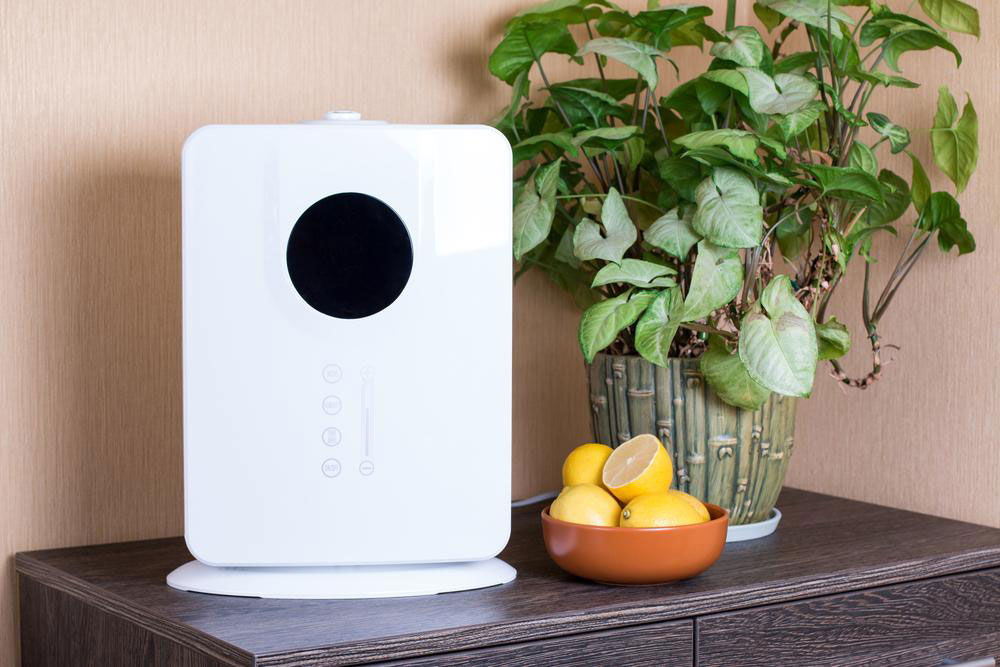Expert Guide to Choosing the Best Furnace Filter for Allergies Relief
Learn comprehensive strategies for selecting the best furnace filter to alleviate allergies. This detailed guide covers how high-efficiency filters like HEPA and electrostatic options can dramatically improve indoor air quality, reduce allergy triggers, and promote healthier living environments. Understand the importance of regular filter maintenance and seasonal considerations for optimal air filtration, ensuring relief from common airborne allergens. Whether you have pets, mold sensitivities, or general allergies, discover how to choose the right filter tailored to your household needs for a cleaner, safer indoor atmosphere.

Expert Guide to Choosing the Best Furnace Filter for Allergies Relief
Experiencing allergy symptoms at home can be disruptive and uncomfortable, especially during certain seasons or in environments with high levels of airborne irritants. One of the most effective strategies to mitigate allergy triggers indoors is selecting and maintaining the right furnace filter. Proper filtration can drastically reduce common allergens like dust mites, pollen, mold spores, pet dander, and other microscopic particles that aggravate allergies. However, not all furnace filters are created equal, and choosing the right one requires understanding specific features and benefits. This comprehensive guide provides detailed insights into how to select the optimal furnace filter to improve indoor air quality and support allergy relief.
Indoor air quality plays a pivotal role in overall health, especially for allergy sufferers. A high-quality furnace filter acts as a barrier, capturing a wide range of airborne irritants that circulate through your heating and cooling system. Many people overlook the importance of filter quality, opting for inexpensive options that do not adequately eliminate small particles responsible for allergic reactions. Investing in a superior filter not only enhances comfort but also promotes better respiratory health, reduces allergy symptoms, and prolongs the lifespan of your HVAC system.
Let’s explore the key factors to consider when choosing a furnace filter that effectively alleviates allergies and how to care for it to maintain optimal indoor air quality.
Prioritize High-Efficiency Filters
When aiming to reduce allergy triggers, selecting a high-efficiency filter is crucial. HEPA filters or electrostatic filters are designed to trap tiny airborne particles, including microscopic allergens like mold spores and pollen. Although these filters might come with a higher price tag initially, they are cost-effective in the long run because they need fewer replacements. HEPA filters are renowned for their ability to capture 99.97% of particles as small as 0.3 microns, making them an excellent choice for allergy sufferers. Such filters ensure that the air circulating in your home is cleaner and significantly less irritating for sensitive individuals.
Avoid Substandard, Low-Quality Filters
Low-cost filters, often marketed as disposable or standard filters, typically have a lower Minimum Efficiency Reporting Value (MERV). These filters may block large debris and dust but are ineffective against finer particles like mold spores and pollen. Using these filters can lead to frequent clogging and reduced airflow, which decreases the efficiency of your HVAC system and increases energy consumption. Inadequate filtration can also allow allergens to pass through, compromising indoor air quality and aggravating allergy symptoms. Therefore, it’s advisable to avoid cheaper options and invest in filters rated at a higher MERV level suitable for allergy relief.
Evaluate Your Specific Allergic Conditions and Household Needs
Every household has unique requirements based on the presence of pets, mold issues, or specific allergy sensitivities. For homes with pets, consider filters with electrostatic or HEPA filtration capabilities, as they effectively trap pet dander and hair. For mold-sensitive individuals, filters designed to remove mold spores are essential. Some filters come with added antimicrobial treatments that inhibit microbial growth and improve overall air sanitation. Assess your household’s specific allergy triggers and choose filters that are tailored to your situation, ensuring maximum effectiveness in reducing allergens.
Regular Maintenance and Replacement of Filters
Proper maintenance of your furnace filter is key to ongoing allergy relief. Follow the manufacturer’s guidelines on how often to replace or clean your filter, typically every 1-3 months. During peak allergy seasons or periods of heavy HVAC use, more frequent changes might be necessary. Cleaning reusable filters with a vacuum and washing them can help retain their filtration effectiveness. Keep your living space tidy by regularly dusting and vacuuming to reduce the overall allergen load. A well-maintained filter ensures your HVAC system operates efficiently and continues to provide cleaner indoor air.
Use the Filter Year-Round for Consistent Air Quality
Consistent use of a high-quality furnace filter throughout the year ensures stable indoor air quality and allergy symptom relief. During summer months, air conditioning units run more frequently, increasing the amount of airborne particles circulated. During winter, heating systems also distribute allergens stored indoors. Seasonal changes can affect allergens’ presence and concentration; thus, maintaining the right filter helps keep allergens in check no matter the season. Regularly inspecting, cleaning, and replacing filters guarantees that your HVAC system performs optimally, delivering pure, allergen-reduced air consistently.
In conclusion, choosing the perfect furnace filter tailored for allergy relief involves considering filter efficiency, household needs, maintenance routines, and seasonal demands. Today's market offers a variety of advanced filters specifically designed to catch fine airborne particles, significantly reducing allergy symptoms for residents. Proper selection and diligent upkeep of your furnace filter contribute to a healthier, more comfortable living environment, helping allergy sufferers breathe easier and enjoy better indoor air quality every day.





